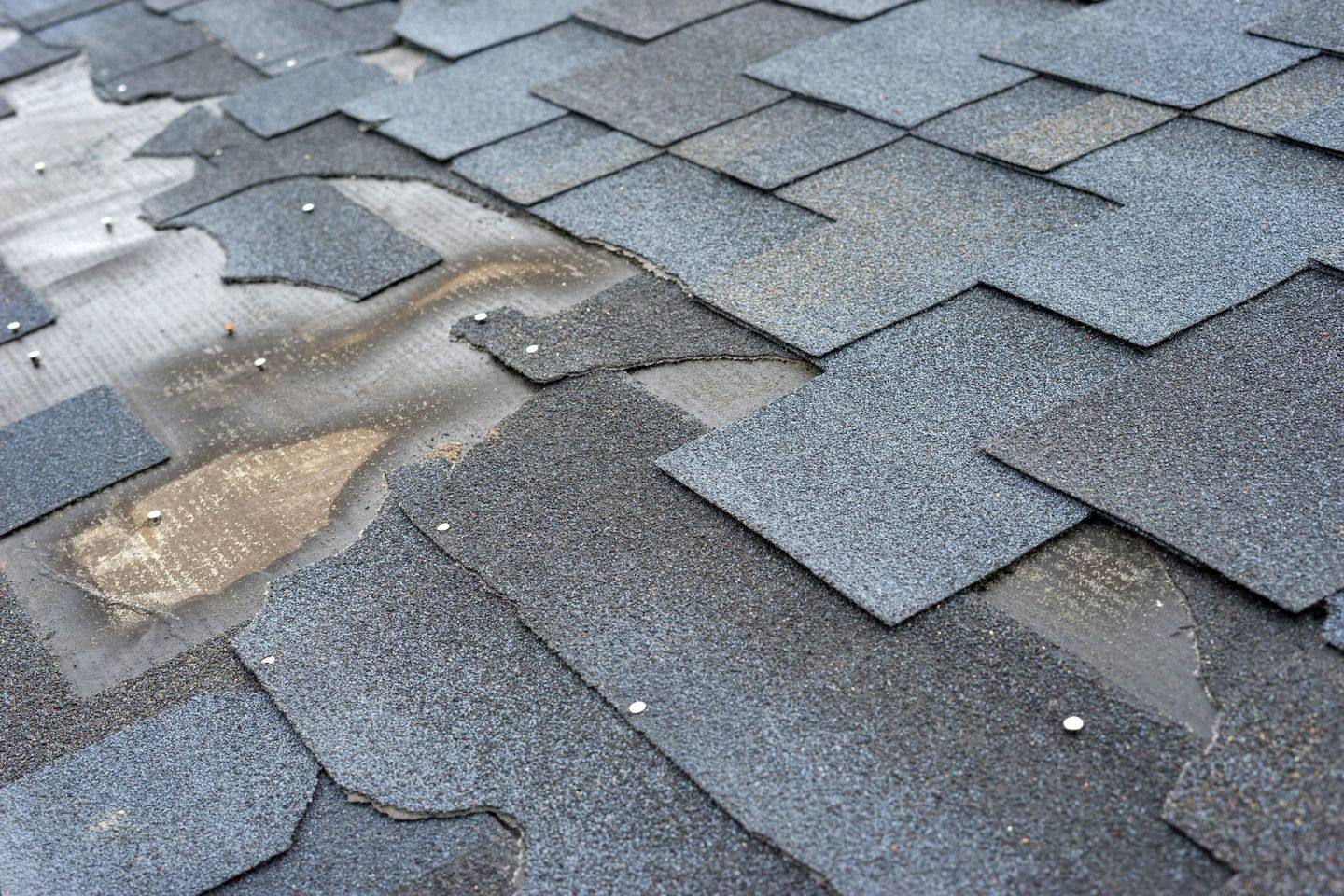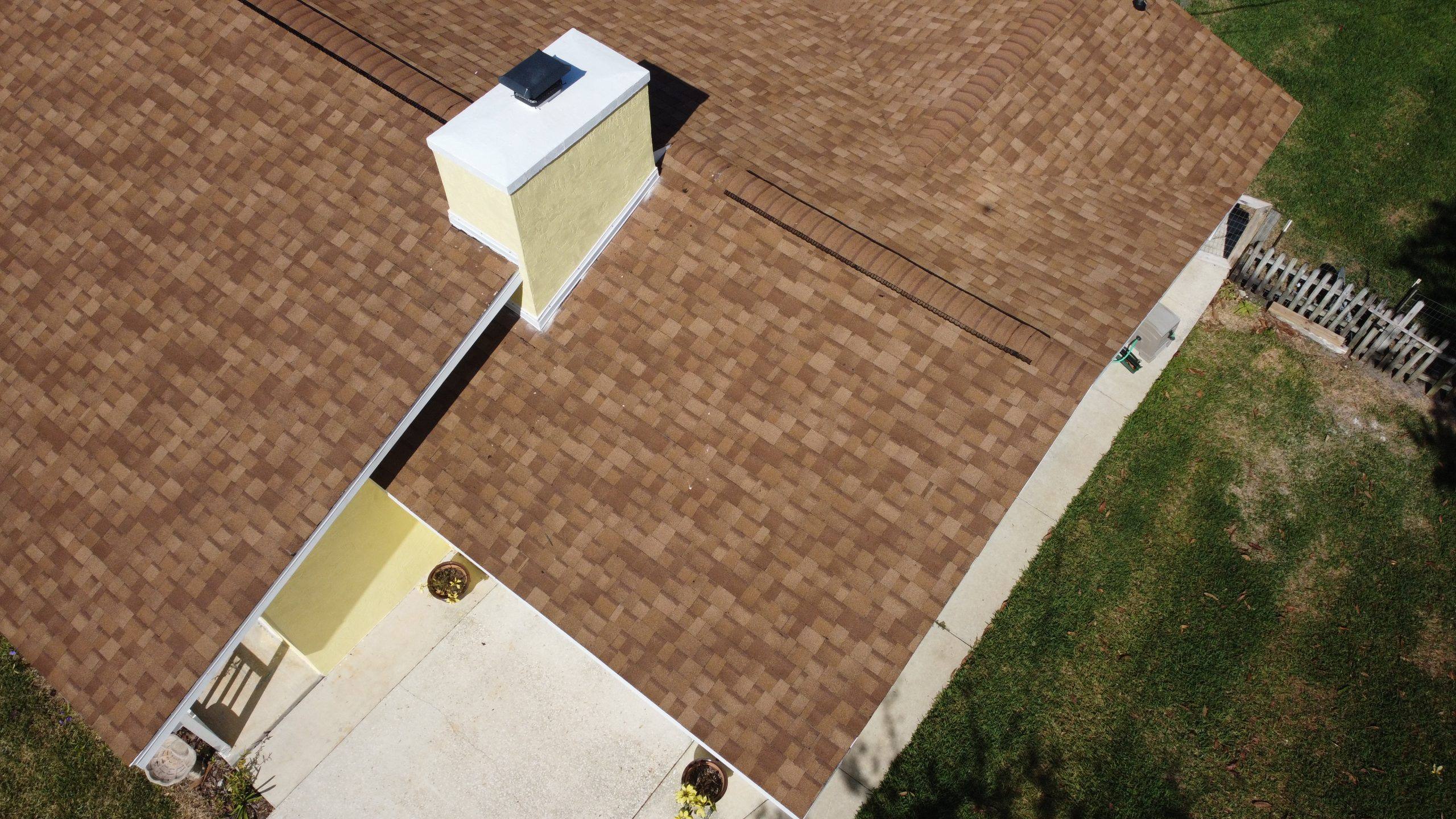Detecting Damage: How to Know When Your Roof Needs Repair
Learn how to identify warning signs of roof damage. Our guide will reveal how to recognize when your roof needs fixing, from water seepage to lost tiles.Missing Shingles
The presence of missing shingles is a red flag that your roof needs immediate attention. As the primary barrier against weather elements, when shingles go missing, it exposes your home to potential damage. Addressing this issue swiftly can help you avoid escalating problems such as leaks or structural deterioration, which may result in higher repair costs later on.Action Plan for Missing Shingles
How do you recognize missing shingles? Keep an eye out for bald spots where granules have been eroded away, exposing the base layer underneath. Loose or broken pieces found around your property after severe weather conditions are also telltale signs that need quick action. To effectively manage these issues and ensure proper alignment with existing ones during replacement, a professional roofing contractor should be sought without delay. G&W Roofing will guarantee seamless protection against harsh environmental factors.Potential Risks Associated With Missing Shingle Scenarios
If left unchecked, absent shingles could expose critical roofing materials like felt paper and plywood sheathing to water infiltration, leading to rot over time. Such scenarios might compromise the entire structure of your roof system, resulting in serious consequences, including expensive replacements down the line. In Florida’s unique climate context specifically, delayed repairs increase risks related to mold growth within attic spaces due to its high humidity levels – a problem posing both health hazards besides obvious property damages. Moving along our exploration journey into maintaining robust roofing systems, let’s now turn our focus toward another crucial aspect: Leaks and Moisture.Leaks and Moisture
The detection of leaks and moisture in your roofing system is a pivotal step toward preserving its durability. Stains on the ceiling or walls, appearing as brown, yellow, or copper hues, often signal a leaky roof. Damp spots near fireplaces and paint peeling due to excessive moisture are also telltale signs of potential roof leakage. Moreover, if you notice light seeping through your roof during daylight hours, it could be indicative of holes caused by leaks.Mold: A Silent Indicator
A less obvious but equally concerning sign is mold growth on either exterior or interior surfaces, which usually occurs when trapped moisture fails to dry out promptly. Furthermore, an unusual musty odor in certain rooms might suggest hidden water damage related to roofing issues. Addressing these symptoms without delay can help prevent more serious structural problems down the line.Routine Inspections: An Essential Preventive Measure
Beyond observing visible signs at home, regular professional inspections play an integral role too. The roofing experts at G&W Roofing possess the expertise required to identify early signs of leakage before they escalate into major concerns. To avoid unexpected surprises that may lead to costly repairs later on, homeowners should consider having their roofs inspected annually as part of routine maintenance checks. This proactive approach ensures your investment remains protected over time.Age of Roof
The lifespan of your roof is a crucial determinant in evaluating its condition and the need for repair or replacement. On average, asphalt shingle roofs have a life expectancy of about two decades, whereas metal or tile roofing can last up to 50 years.Determining Your Roof’s Age
If you’re unsure about when your roof was installed, professional roof inspectors are able to provide an estimated age based on materials used and visible wear patterns. This assessment plays a pivotal role in understanding if it’s time for maintenance work or even complete replacement.Natural Wear Over Time
No matter how robustly constructed, all roofs inevitably face degradation over time due to elements like sun exposure, rain impact, wind force, and temperature changes. Hence, regular upkeep becomes necessary as every roof will eventually reach its expiration date requiring either repairs or a roof replacement.Aging Indicators: The Tell-Tale Signs
Certain tell-tale signs suggest that your roof might be aging beyond salvageable conditions. These include missing shingles, granules found in gutters, moss growth, water stains inside the house, sagging areas on the surface, and frequent leaks during heavy rains – these indicators should never be ignored, so it is important to always pay attention. Informed awareness about these aspects can lead to timely intervention extending your rooftop’s longevity significantly while curtailing costs related to extensive damage control.Storm Damage: Spot and Act
Your roof serves as the first line of protection against rough weather. However, when a storm hits hard, your roof may bear the brunt. The key to preserving its lifespan lies in identifying storm damage promptly.Detecting Storm Damage Signs
The aftermath of different storms leaves unique traces on roofs. High winds can rip off or displace shingles, while hailstorms usually dent them. If you notice such signs after a storm, it’s time for action.Swift Response to Storm Damage
A prompt response is vital once you’ve identified potential storm damage. It’s not just about fixing the immediate problem; swift action prevents further deterioration that could escalate repair costs down the road.Maintaining Your Roof After a Storm
Routine inspections following significant weather events are paramount to ensure early detection of any arising issues. Regular maintenance, especially after a severe storm, keeps minor damages from turning into significant headaches later on. The next critical topic we’re going to explore pertains directly to flashing problems – another common roofing issue with far-reaching implications if left unattended.Flashing Issues: A Hidden Threat to Your Roof
Have you ever considered the health of your roof’s flashing? It may not be a priority, but it’s essential to take into account the condition of your roof’s flashing. This often overlooked component protects your home from water intrusion at critical points such as intersections and joints.The Telltale Signs of Flashing Failure
Damp patches near chimneys or skylights could indicate trouble with your flashing. If you notice discoloration on walls near these areas, that’s another warning sign. Leaks are also a common symptom, especially where different slopes meet.Finding Solutions with Professional Services
Flashing issues cannot be resolved on their own; they require expert attention. G&W Roofing has the knowledge and experience to quickly diagnose problems and apply appropriate repairs or replacements as necessary. Trust them with this task – they are equipped for it.A Proactive Approach: Regular Inspections
To keep your roof’s flashings in optimal condition, it is recommended to have them inspected annually by an experienced roofing company, especially after severe weather events that can cause significant damage. Maintaining sturdy flashings not only ensures the longevity of your entire roofing system but also protects against potential costly interior damages caused by leaks. And while we’re on the topic of protecting roofs from water damage, let’s discuss gutters and downspouts next.Gutters & Downspouts: Your Roof’s Shield Against Water Damage
Think of gutters and downspouts as the unsung heroes in your roof’s defense against water damage. Their role? Diverting rainwater away from your home, thus preventing leaks and other forms of water-related harm.Maintaining Gutters for Effective Rainwater Management
You might wonder how these simple channels can make a difference to your roof’s health. The answer lies in their function: collecting rainwater that cascades off your rooftop. If they are clogged or damaged, however, you’re inviting trouble – overflowing water seeping into walls or foundations. The antidote is straightforward yet crucial – regular gutter cleaning. By ensuring debris such as leaves and twigs don’t impede the flow of water toward downspouts, you keep potential issues at bay.Downspout Maintenance for Safe Water Drainage
Akin to an essential sidekick supporting our hero (the gutter), downspouts guide collected rainwater safely away from the foundation of your property. A well-positioned downspout reduces soil erosion around the house while maintaining its structural integrity over time. If there’s evidence of pooling near foundations post-storms or excess moisture in basements/crawlspaces – it could be a red flag signaling an issue with your drainage system. It may not necessarily indicate faulty downspouts but could suggest improper positioning needing correction. In Florida’s East Coast where heavy rains aren’t uncommon during certain seasons, both components’ optimal performance becomes critical for preserving roofing health; just another reason why vigilance matters.FAQs in Relation to How to Know When Your Roof Needs Repaired
What are the signs that a roof needs to be replaced?
If your roof is showing multiple signs of wear and tear, it might be time for a replacement. Common indicators include missing or curling shingles, frequent leaks even after repairs, visible damage from storms or fallen debris, granules from shingles accumulating in gutters, sagging roof areas, and an age exceeding 20 years. If you notice any of these signs, it’s essential to consult with a roofing contractor, G&W Roofing specializes in assessing the extent of the damage and determining whether a repair or full replacement is necessary.How do I know if my roof is rotting?
A rotting roof is a serious concern as it can compromise the structural integrity of your home. Symptoms to watch out for include dark spots or water trails on the ceiling, which indicate water damage. Soft or spongy areas in walls or ceilings can be a sign of prolonged moisture exposure leading to rot. Additionally, if you detect a persistent musty odor inside your home, especially after rain, it could be a sign of mold or mildew growth due to roof rot. Regular inspections, especially after heavy rain or storms, can help in early detection and prevention of further damage.
What is the life expectancy of a roof?
The longevity of a roof largely depends on the materials used and the quality of installation and maintenance. For instance, asphalt shingle roofs, which are among the most common, have an average lifespan of around 20 years. However, with regular maintenance and optimal weather conditions, they can last longer. On the other hand, metal roofs are known for their durability and can last up to 50 years or more. Other materials like tile or slate can last even longer, often up to 100 years, but they require more maintenance and can be more expensive initially.
What time of year is best for roof repairs?
The best time for roof repairs or replacements is during the late spring to early fall months. During this period, the weather is typically dry and warm, providing optimal conditions for roofing work. Cold or wet weather can make roofing materials brittle or slippery, posing risks to workers and potentially affecting the quality of the job. However, if you have an emergency, like a significant leak, it’s crucial to address it immediately, regardless of the season, to prevent further damage to your home.
Conclusion
Recognizing the signs of roof damage is an essential skill for every homeowner. It’s all about being vigilant and proactive. Missing shingles, leaks, or moisture can signal trouble that needs immediate attention. The age of your roof also plays a crucial role in its condition and when it might need repairs or replacement. Storms can wreak havoc on your roofing system. Knowing how to identify this kind of damage is vital to maintain a healthy home environment. Flashings are another critical aspect often overlooked until problems arise. Always keep an eye out for any issues there too! Gutters and downspouts may seem unrelated, but they play a big part in protecting your roof from water damage – make sure they’re functioning correctly at all times. Remember, knowing how to detect these warning signs early could save you thousands in repair costs down the line!Author
-
Johnathan "John" Weaver is a seasoned roofing expert with a 12-year tenure at G&W Roofing, a company renowned for its residential and commercial roofing services in Brevard, Volusia, and Flagler counties since 1986. A resident of Edgewater, Florida since 1991, John possesses a deep understanding of the unique roofing needs of the Florida climate. When he's not crafting durable roofs, he enjoys fishing in Florida's tranquil waters and capturing the beauty of Edgewater through his photography. Join him as he shares valuable insights and tips from his extensive experience in the roofing industry at G&W Roofing.




